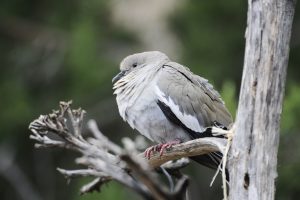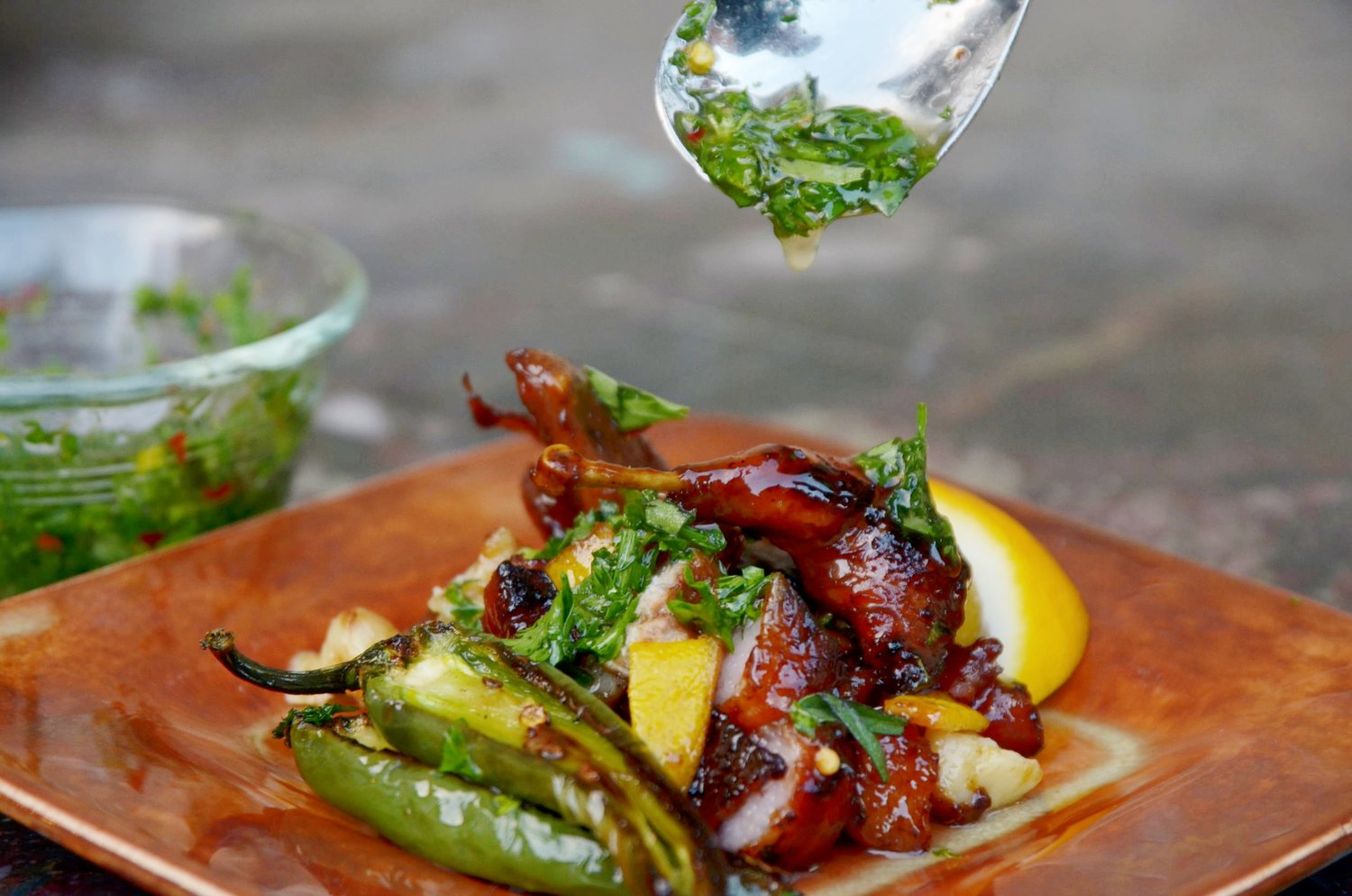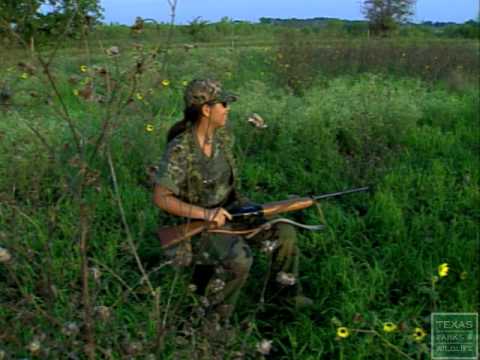Northward Migration of White-winged Dove
Wednesday, September 19th, 2018This is Passport to Texas
At the turn of the last century, white winged dove populations in Texas were robust. Found mostly in the Lower Rio Grande Valley, their numbers declined as agriculture took root there.
They [farmers] took out a lot of native habitat—your brush and shrub species that are native to South Texas. That’s where the birds bred and roosted, so they required that habitat. A lot of that was wiped out for agriculture. So, through the 20s and 30s and 40s, we saw a big decline in the white-wing population in Texas.
Citrus dominated the landscape. Owen Fitzsimmons is Texas Parks and Wildlife’s web-less migratory game bird leader. As citrus groves matured, the doves rebounded.
They like open areas with large mature stands of trees—and citrus groves were perfect for that. So white-winged doves quickly colonized those citrus groves.
Hard freezes in the 40s & 50s, and again in the 80s devastated the citrus groves, and also the doves.
So, the white-winged dove population fluctuated up and down through the middle of the century.
In the 80s, urban expansion moved northward along the I-35 corridor and white-winged doves followed.
They’re found throughout Texas, now. They’re found all the way up into Oklahoma. They’re breeding in Kansas and Missouri. Northward expansion is unlimited at this point.
The Wildlife Restoration program supports our series and funds research on White-winged Dove Density, Distribution, and Harvest.
For Texas Parks and Wildlife…I’m Cecilia Nasti.






 Passport to Texas is a
Passport to Texas is a  Passport to Texas is made available by:
Passport to Texas is made available by: